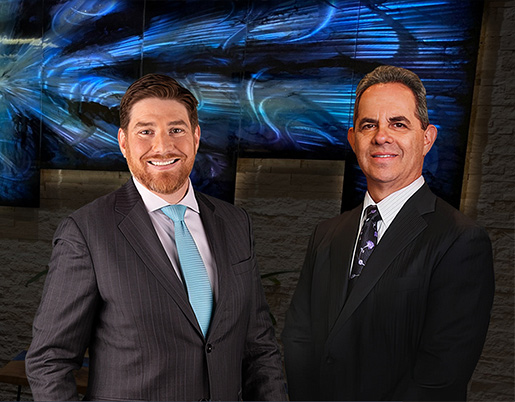During the manufacturing of the 9 speed automatic transmission of some 2015 Chrysler 200‘s, it is possible that contaminants may have gotten into the parking pawl and/or the park rod may have been broken and dislodged. The problem could result in unintended vehicle movement even though the key has been removed and the shift indicator is in “Park”. Continue reading
Land Rover Range Rover OCS Misclassification
A safety defect in certain 2013-2015 Land Rover Range Rover vehicles could result in the Occupant Classification System (OCS) not functioning correctly at all times. According to reports filed with the NHTSA, when the vehicle is driven on a very smooth surface for an extended period of time, a light weight adult passenger could be misclassified by the system. In the event of an accident, the passenger may not be protected by the Supplementary Restrain System (SRS). Vehicles experiencing this problem will alert drivers with an illuminated “Passenger Airbag OFF” lamp. Continue reading
2013 Dodge Charger CA Lemon Law Buyback
Almost immediately after purchasing her 2013 Dodge Charger, a California resident was returning her vehicle to the manufacturer for repairs. She purchased the car in March 2013, had her first repair attempt in June 2013, and by August 2013, a Chrysler dealership had been given five (5) more opportunities to fix the vehicle. The Charger’s problems included a defective transmission control module which caused the vehicle to surge and hesitate, a defective torque converter, and a check engine light that would always illuminate. Continue reading
Google & Apple Battle For Automobile Dashboards
After years of being treated as an interesting side business, automobiles have become the next target for Apple and Google, with Apple assigning 200 engineers to work on electric vehicle technology and Google saying it sees the public going driverless within five years. The most immediate battle, however, is the development of the next generation dashboard systems. Continue reading
Mercedes-Benz Potential Engine Compartment Fire
Mercedes-Benz will be asking approximately 147, 000 C-Class and E-Class owners to return their vehicles to an approved dealer to repair a safety problem. Due to a cosmetic design change to the rubber seal mounted on the top edge of the secondary bulkhead in the engine compartment, the seal may not adhere correctly. The seal may temporarily stick to the engine hood when it is open and drop into the area between the engine ant the secondary bulkhead. The loose end could contact parts of the exhaust system, potentially causing a fire. Continue reading
IIHS Study Shows Improvements In Automobile Safety
A recent study done by the Insurance Institute for Highway Safety (IIHS) looked at driver fatality rates in 2009-2012 model year vehicles. The study found nine models that are so safe that they had a driver death rate of zero. (Only eight years ago there were no car manufacturers who could make this claim.) These mostly 2011 models, show how the chances of dying in a car crash have steadily decreased over the last few years. Improvements in car safety such as electronic stability control, which was not required by federal mandate until 2011, have been a huge factor in preventing automobile accidents. “We know from our vehicle ratings program that crash-test performance has been getting steadily better,” according to David Zuby, IIHS’ executive vice president. “These latest death rates provide new confirmation that real-world outcomes are improving, too.” Continue reading
2015 Chevrolet Corvette Suspension Problem
General Motors will be asking owners of certain 2015 Chevrolet Corvette sports cars to return to their dealership for a defect that could affect safety. On some of these vehicles, the toe link outer ball joint may have not been fastened properly to the right rear suspension knuckle. A loose toe link could cause the rear suspension to make a loud metallic noises when turning corners or driving over bumps. Over time, the toe link could separate creating sudden vehicle instability. Continue reading
VW & Audi Fuel Injection System Leaks
Customer complaints regarding fuel odor in the engine compartment of certain Audi and Volkswagen vehicles will have approximately 26,000 owners returning to their dealership for repairs. According to reports, a combination of production tolerance issues combined with vibrations during dynamic driving, could result in a fuel leak in the fuel injection system. There have been no reports of accidents or injuries as a result of this safety defect, but a fuel leak in the presence of an ignition source could result in an engine fire. Continue reading







